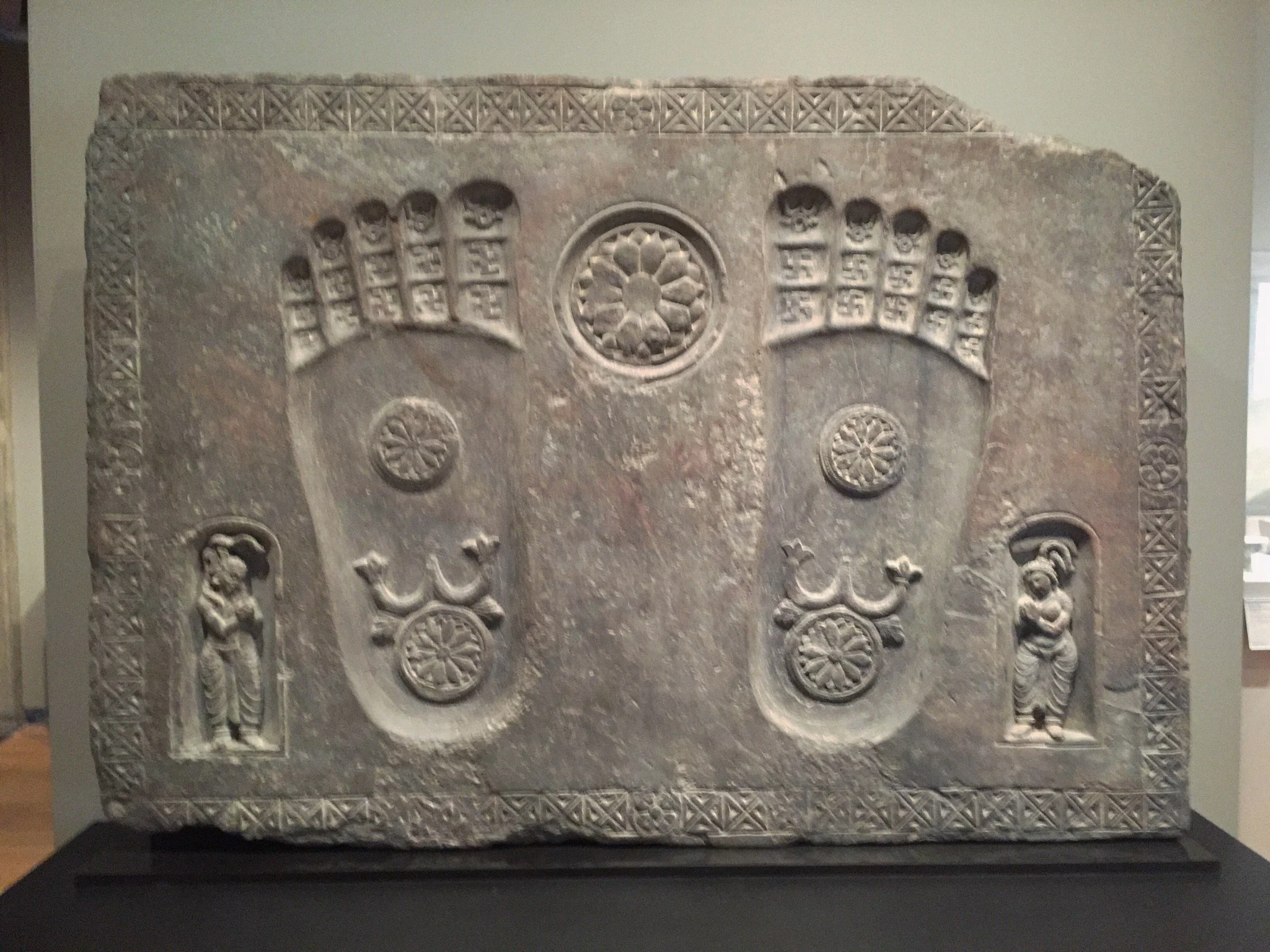Ok, I’ve been fumbling my way through the Tea Ceremony, and it is impossible not to be aware of my moments of hesitation, impatience, lack of skill, absentmindedness.
It is no wonder how true the old line “Tea and Zen, One Taste.”
In addition to practicing the actual ceremony, I’ve been reading. Though I’m focused on the Chinese Way of Tea, I’m also reading some Japanese texts. The entry into the Japanese tearoom is a rather small door for visitors, so small that one must bend low, or even drop to the knees, in order to get in. Part of this was practical: many visitors were Samurai back in the day, and this made it impossible for them to enter with their swords, at least without breaking their much cultivated dignity. The other reason was more contemplative: one had to enter the tearoom with humility, no matter one’s station in society. Humility is one of the four qualities of the Way of Tea.
I recently learned that the design of the Japanese tea house was inspired by the story of the many visitors to Vimalakirti’s sick room, in the eponymous Sutra. Spirits, Bodhisattvas, students and fellow laymen all paid a visit to the deceptively ill Vimalakirti, to enquire as to his health. Vimalakirti’s Upaya was a leveling of rank and status. A leveling expressed by example, through the space of his room, rather than through over instruction, The humility with which visitors thus entered created the proper situation for his teaching of the Dharma.
The Four Principles of Tea Ceremony are Harmony (Wa), Respect (Kei), Purity (Sei), and Tranquility (Jaku). While all four principles may be appropriate for many other situations than the tea ceremony or Zen, here they are illustrative of the glue that connects the two practices.
In terms of Vimalakirti, and without stretching it, Respect would at first glance seem to be the dominant principle at work in the Sutra. The trepidation with which even the most honored Bodhisattvas approach his room would suggest that initially this is not a treatise on Harmony. In addition, the meeting between Shariputra with the spirits in the room is hardly tranquil. Yet, nothing is left to chance in the tea room; it has all been designed to the last brazier ember to create an atmosphere of awakening and embodiment of awakening. The mention of Vimalakirti as an inspiration, then, is more than an afterthought to its creation.
Vimalakirti’s room, like the tearoom, respects no rank, nor does it suffer arrogance or entitlement. From the Shogun to the Samurai to the farmer; from the student to the Spirit to the Bodhisattvas, all are welcome. All are aware of this experience as a singular moment for being in the presence of the marrow of the Dharma.
In a bowl of tea, Zen and Tea are of one taste. In any room, the ten thousand things.
